Northern Fulmar
An intermediate color morph of Northern Fulmar Fulmarus glacialis seen on an early September 2018 pelagic trip out by Westport Seabirds http://westportseabirds.com/
This is the second article in a series I started months ago on the common pelagic seabirds of Washington State. I am preparing to give a presentation to our birding club later this month, and these will be birds I'll discuss at that meeting. Northern Fulmar is another of the class of seabirds that spend most of their lives at sea, and have evolved the salt-excreting organ on their bill, the "tubenose" that allows them to eat a diet high in salt, and even to drink salt water, and excrete excess salt through this adaptive organ atop their bill.
This is a much lighter colored morph of Northern Fulmar. They range from birds like this that are very white to much darker colored birds like this:
Northern Fulmars are very prone to following fishing ships, and eating the offal of by-catch and processed fish debris that is discarded from these ships. The population of Northern Fulmars in the north Atlantic has exploded in the last two centuries, likely largely to increased food supply from fishing fleets there.
One of the distinguishing characteristics of Northern Fulmar that allows birders to differentiate them from the similar tubenoses called Shearwaters is their thick "bull-neck" appearance. They just look stocky and bulky overall. Compare this to this Sooty Shearwater below, which has a slimmer overall appearance.
Even the heavier Pink-footed Shearwater has a less bulky and blocky overall look:
This is an example of a large flock of seabirds seen on a pelagic trip near a fishing vessel:
There are several different species in this photo, including Black-footed Albatross, Sooty Shearwater, Pink-footed Shearwater, Sabine's Gull, California Gull, and almost certainly mixed among the flock some Northern Fulmars though they are difficult to pick out in the mass of birds.
Northern Fulmars breed across the Arctic Circle and are found in most of the north Atlantic and Pacific throughout the non-breeding season. Like most pelagic seabirds, they breed in colonies, lay only one egg per breeding season, both parents provide care for incubation and fledgling care, and have a long life expectancy if they survive their first year.
Good birding and Steem on!
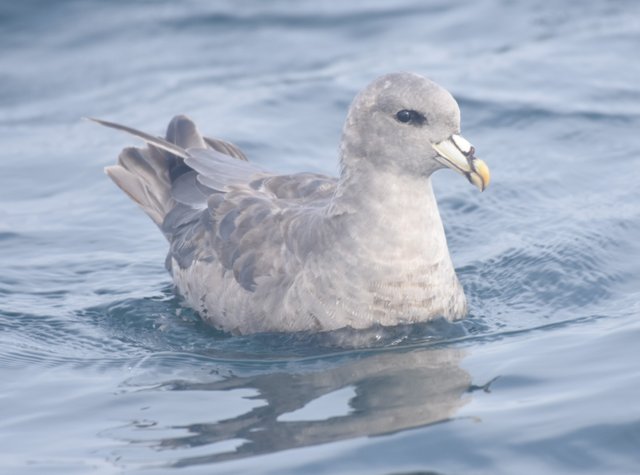
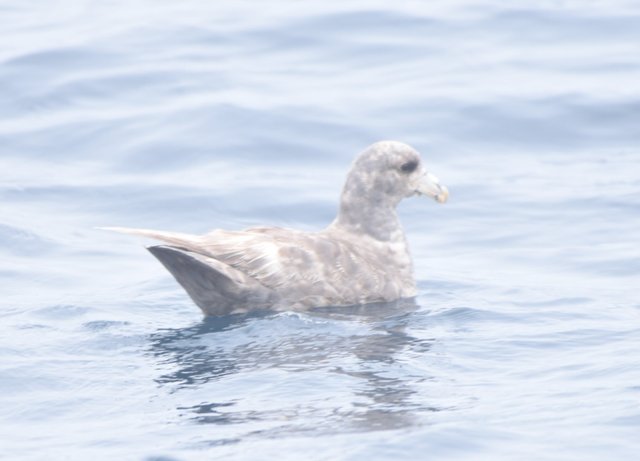
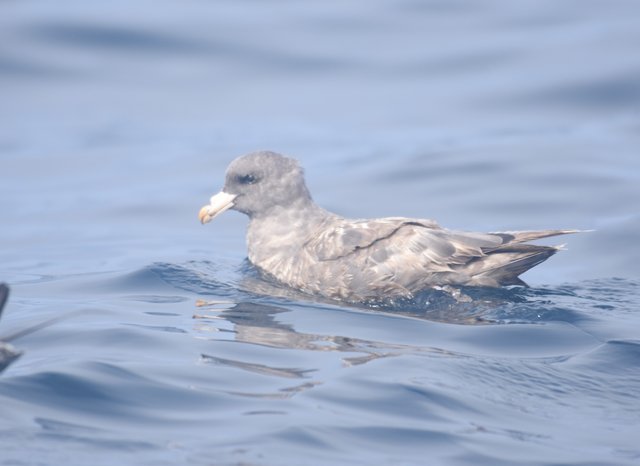
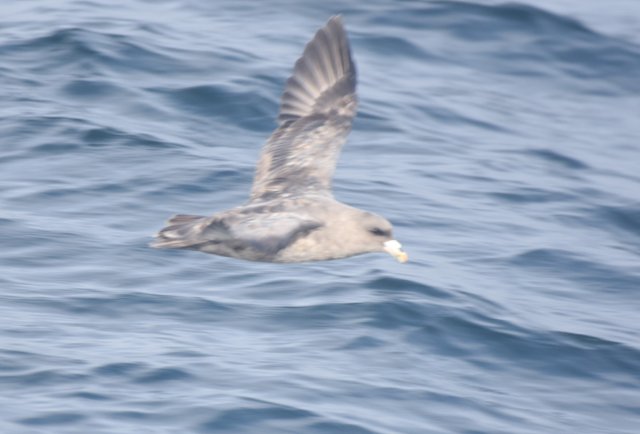
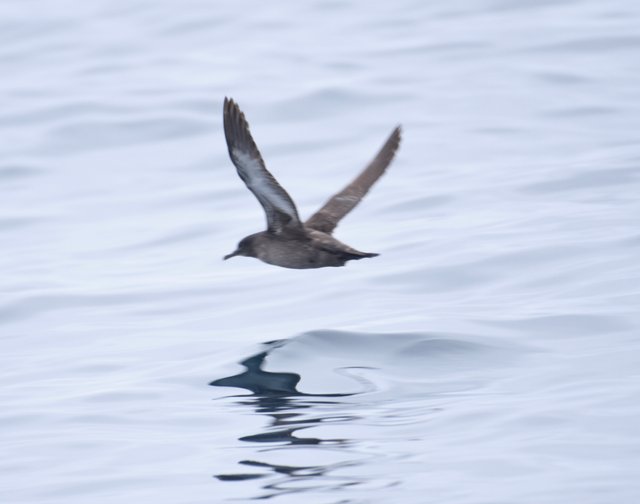
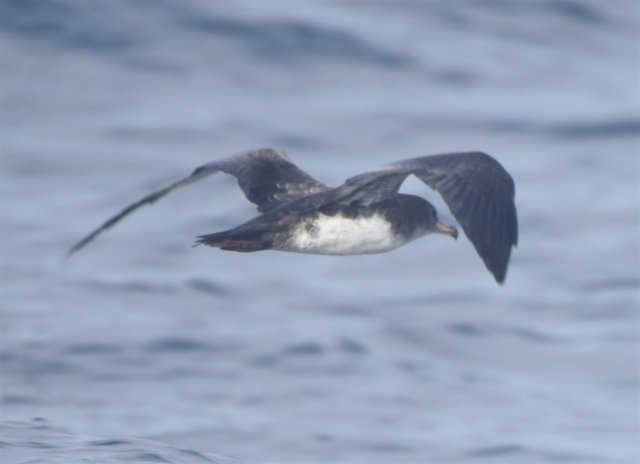
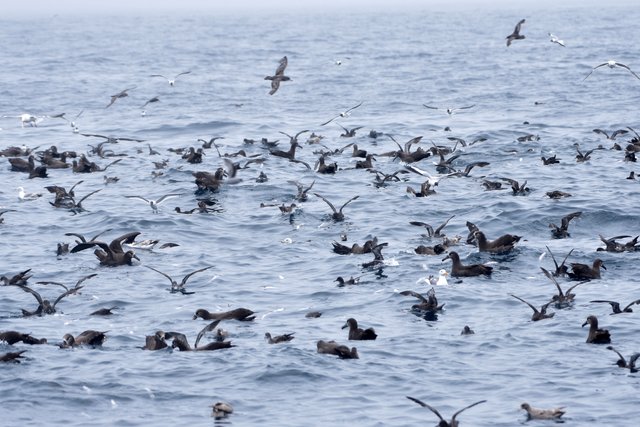
This post has received a 12.93 % upvote from @boomerang.
You got a 8.80% upvote from @upmewhale courtesy of @birdbanter!
Earn 100% earning payout by delegating SP to @upmewhale. Visit http://www.upmewhale.com for details!
You just got upvoted and resteemed. Interesting post on these pelagic seabirds and I particularly liked this photo. Great content.